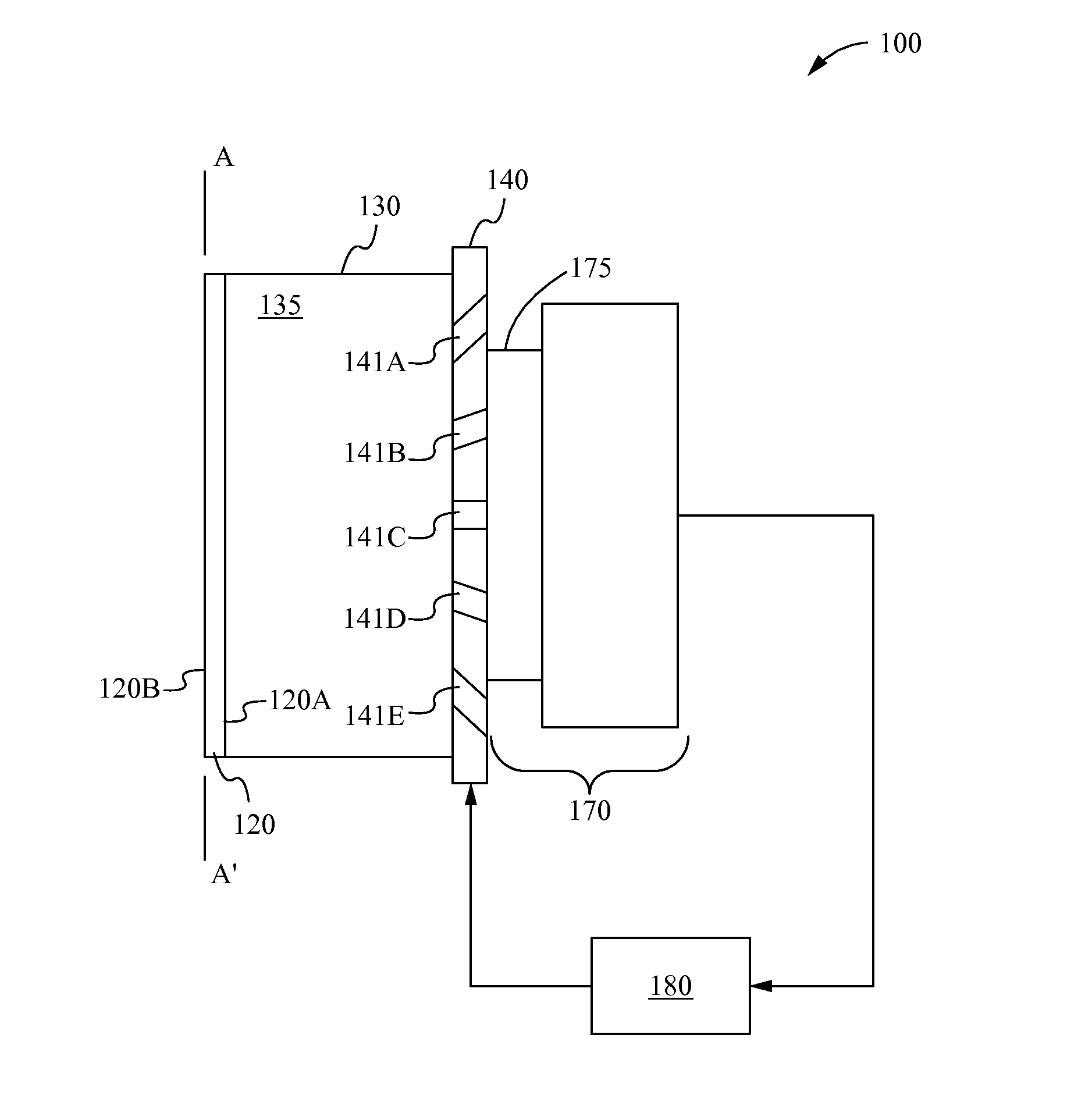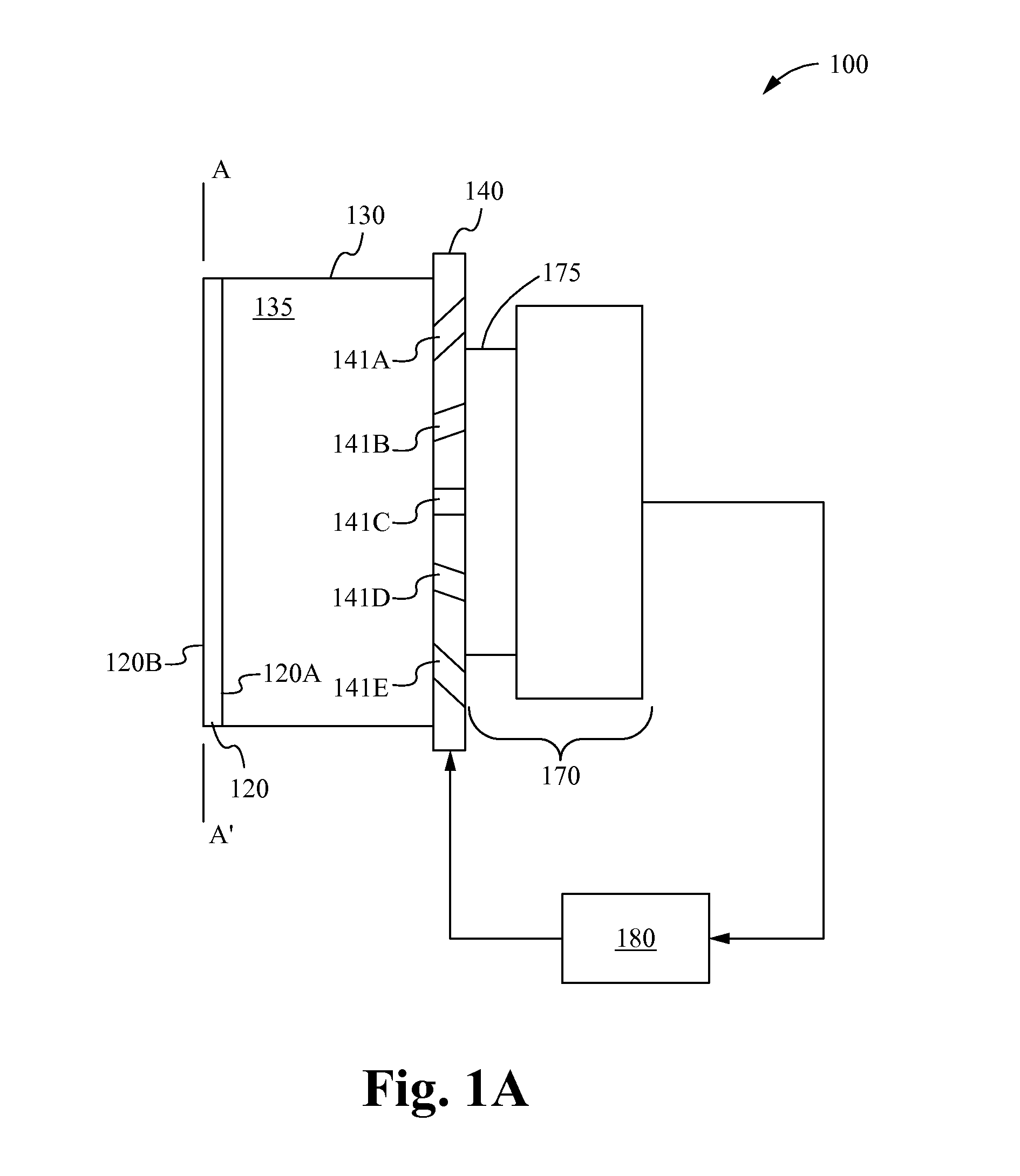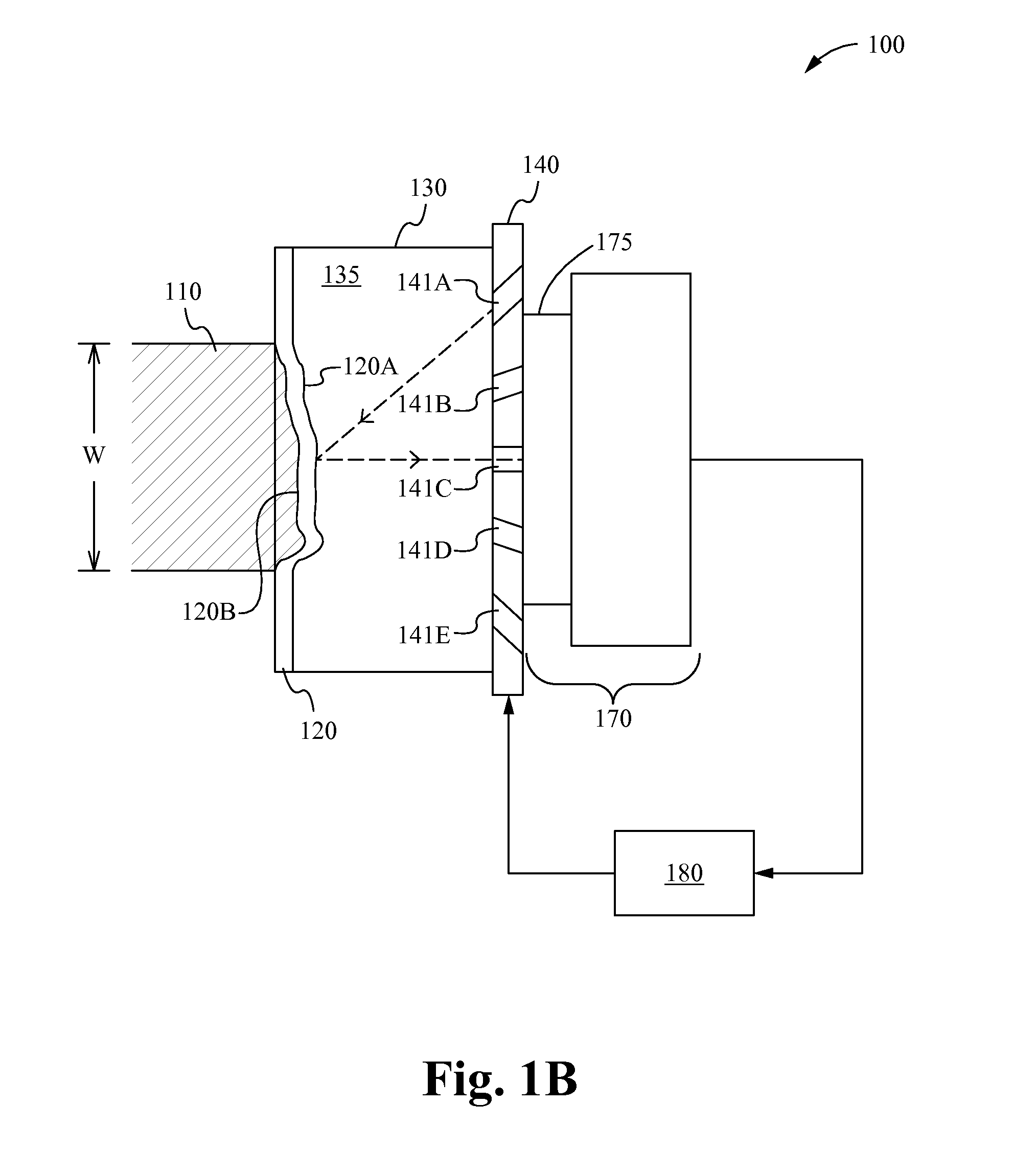System for and method of quantifying on-body palpitation for improved medical diagnosis
a technology of on-body palpitation and quantitative methods, applied in the field of object imaging, can solve the problems of subjective palpitation, sinclair does not disclose any algorithm for accurately rendering microscopic structures and arterial pressure pulses
- Summary
- Abstract
- Description
- Claims
- Application Information
AI Technical Summary
Benefits of technology
Problems solved by technology
Method used
Image
Examples
Embodiment Construction
[0027]A haptic sensor in accordance with embodiments of the invention is a low-cost device that enables the real-time visualization of the haptic sense of elastic modulus boundaries, which is essentially the tissue deformation caused by a specific force. The sensor captures images that describe the three-dimensional (3-D) position and movement of underlying tissue during the application of a known force, essentially what a physician feels through manual palpation.
[0028]The sensor and supporting software enable the visualization and documentation of the equivalent of 3-D tactile input from a known applied force. The sensor eliminates the subjective analysis of physical palpation examinations and gives more accurate and repeatable results, yet is less expensive to implement than MRI, ultrasound, or similar techniques.
[0029]Data processed from captured images is also a good means for documentation for patient records. This way, physicians are also able to objectively measure change ove...
PUM
 Login to View More
Login to View More Abstract
Description
Claims
Application Information
 Login to View More
Login to View More - R&D
- Intellectual Property
- Life Sciences
- Materials
- Tech Scout
- Unparalleled Data Quality
- Higher Quality Content
- 60% Fewer Hallucinations
Browse by: Latest US Patents, China's latest patents, Technical Efficacy Thesaurus, Application Domain, Technology Topic, Popular Technical Reports.
© 2025 PatSnap. All rights reserved.Legal|Privacy policy|Modern Slavery Act Transparency Statement|Sitemap|About US| Contact US: help@patsnap.com



